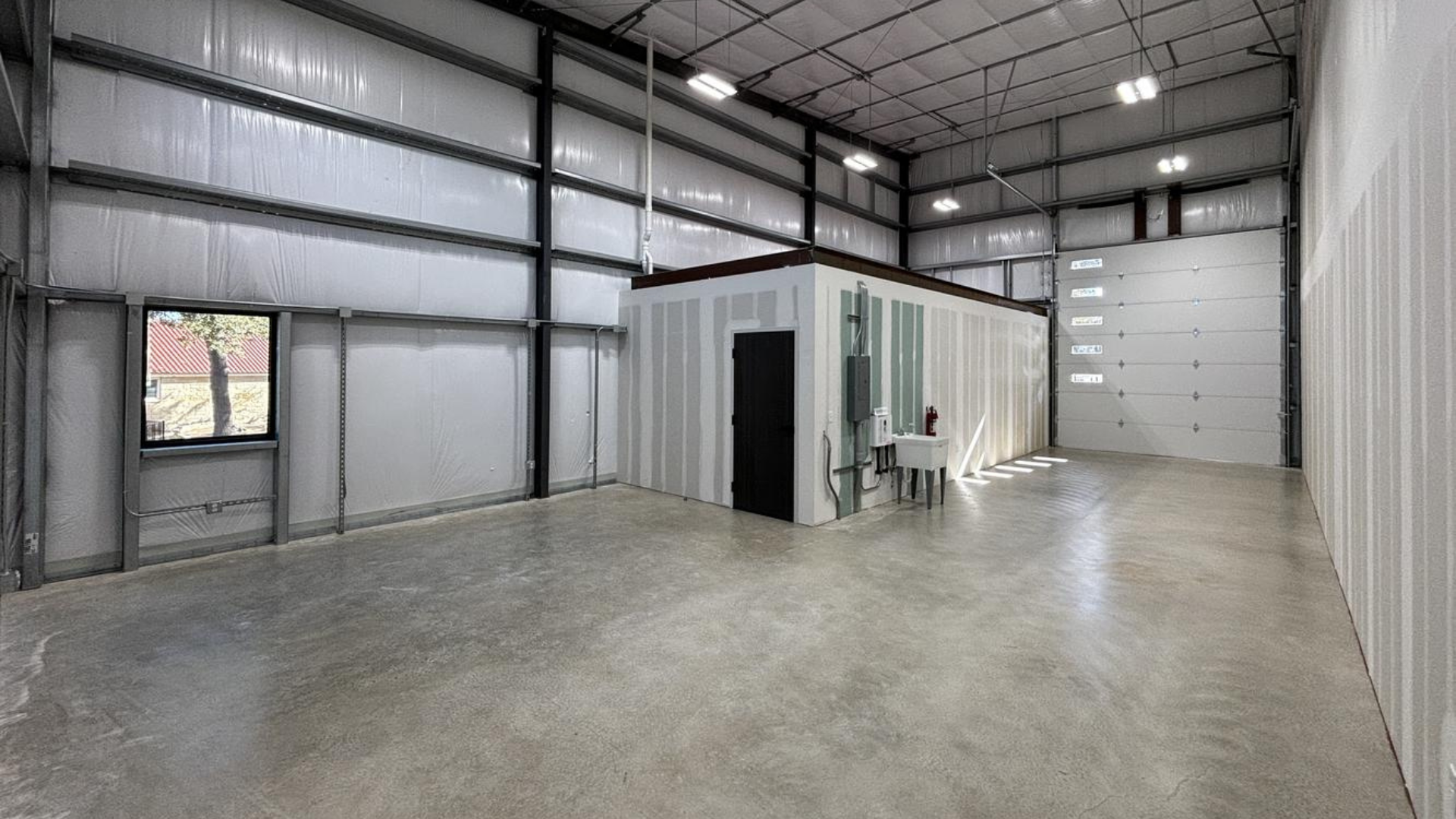The rise of e-commerce has dramatically transformed the way we shop, and it’s reshaping the landscape of industrial real estate right along with it. As consumer expectations shift toward faster shipping, wider product availability, and seamless returns, the physical infrastructure that supports online retail is evolving at a rapid pace. Industrial spaces once designed primarily for manufacturing or bulk storage are being reimagined to meet the logistical demands of digital commerce. From last-mile delivery hubs to massive regional distribution centers, e-commerce growth is prompting innovation across every square foot. Here’s how industrial real estate is adapting to keep up.
Key Ways Industrial Real Estate is Changing for E-Commerce
Staying ahead of the e-commerce curve is vital when investing in industrial real estate. From location and building designs for flexibility and sustainability, here are the key ways industrial real estate is adapting to e-commerce growth.
Strategic Location is Now Essential
You’ve heard that the most important words in real estate are: location, location, location. But for industrial properties serving the e-commerce sector, workspace location is critical. Consumers want their orders fast, and that means warehouses and fulfillment centers need to be located closer to major population centers.
This movement has led to a boom in urban and suburban industrial development, especially for “last-mile” facilities that can quickly reach end customers. Proximity to highways, ports, and airports is also a key factor for efficient transportation from suppliers and to final destinations.
Facilities Are Growing in Size and Functionality
Traditional warehouses are no longer sufficient, today’s e-commerce businesses require expansive fulfillment centers equipped with sophisticated logistics systems. These facilities need higher ceilings to accommodate vertical storage, more loading docks to support rapid turnover, and wider aisles for picking systems.
Some e-commerce players are even building multi-level warehouses in urban areas to make the most of limited land availability while maintaining efficient operations.
Technology Integration Is Driving Design
Modern industrial spaces are increasingly built or retrofitted to support high levels of automation and data integration. Tenants are investing in robotics, AI-driven inventory systems, and smart sensors to streamline workflows and reduce operating costs.
This tech-heavy approach requires buildings with ample power supply, advanced climate control, and strong connectivity. As a result, commercial real estate developers are prioritizing tech-readiness in new constructions and renovations alike.
Flexibility and Customization Are in Demand
No two e-commerce businesses operate exactly the same way, which is reflected in the growing demand for flexible and customizable spaces. Some need large-scale storage with refrigeration, while others may require an open space for packaging and returns processing.
Landlords and developers are responding by offering modular commercial designs, convertible spaces, and built-to-suit options that allow tenants and owners to tailor properties to their exact operational needs.
Sustainability Is Becoming a Priority
Environmental impact is top of mind for both idustrial real estate investors and tenants. Many e-commerce companies are setting ambitious sustainability goals, and that translated to demand for green industrial buildings.
Sustainable industrial properties might include energy-efficient HVAC systems, solar panels, water-saving technologies, and materials with low environmental impact. LEED certification is becoming more common as companies aim to reduce their carbon footprint while meeting operational goals.
Suburban and Secondary Markets Are Heating Up
As prime industrial locations in major cities are becoming more competitive and expensive, e-commerce companies are increasingly eyeing suburban and secondary markets for development. These areas offer more affordable land, less congestion, and opportunities to establish regional distribution centers that support a broader service network.
This shift is boosting economic activity in smaller markets and changing the geographic makeup of industrial real estate investment.
Demand for Speed Is Reshaping the Supply Chain
Fast delivery expectations are forcing companies to rethink how they manage inventory and ship products. The result? A growing emphasis on micro-fulfillment centers and decentralized logistics strategies. Industrial real estate is adapting to meet these demands with smaller, strategically placed hubs that support faster fulfillment while reducing shipping costs.
Discover Industrial Opportunities with Workspace USA
If you’re looking to capitalize on the evolving industrial real estate market, Workspace USA offers the flexibility and locations to help your business thrive. Whether you’re seeking a high-tech distribution hub or a customized multi-purpose facility, we’re ready to help you find the right space in a booming market. See your options with Workspace USA today, and grow alongside the future of e-commerce.


